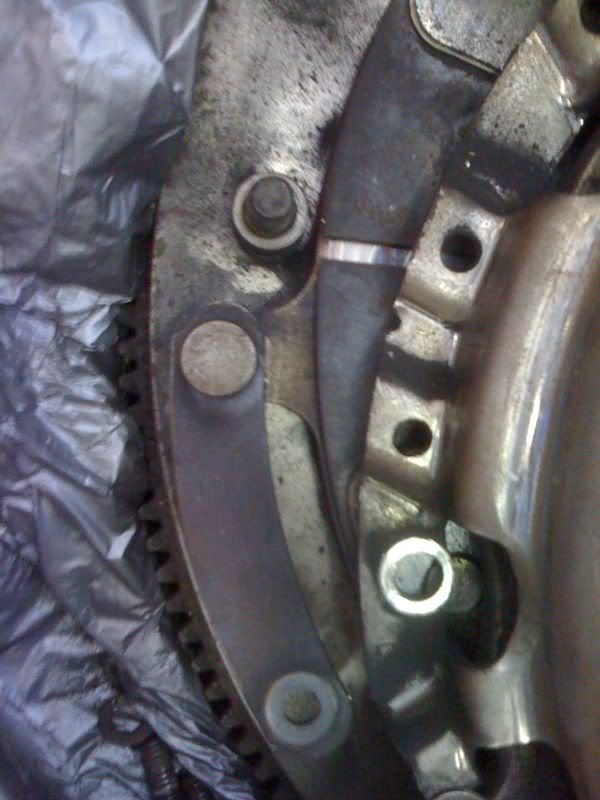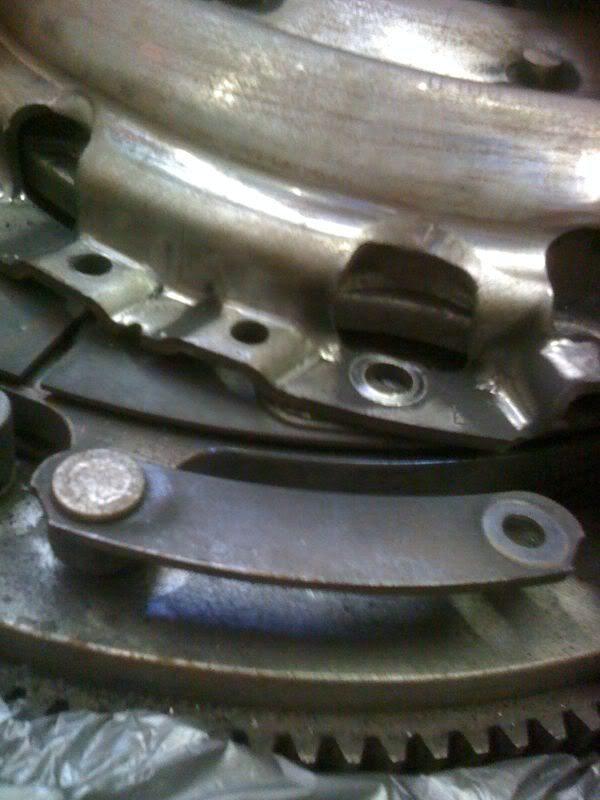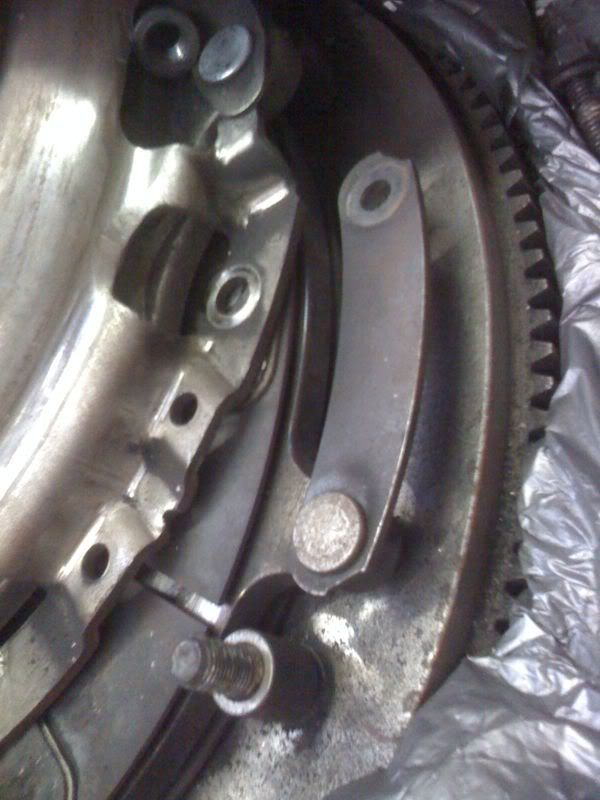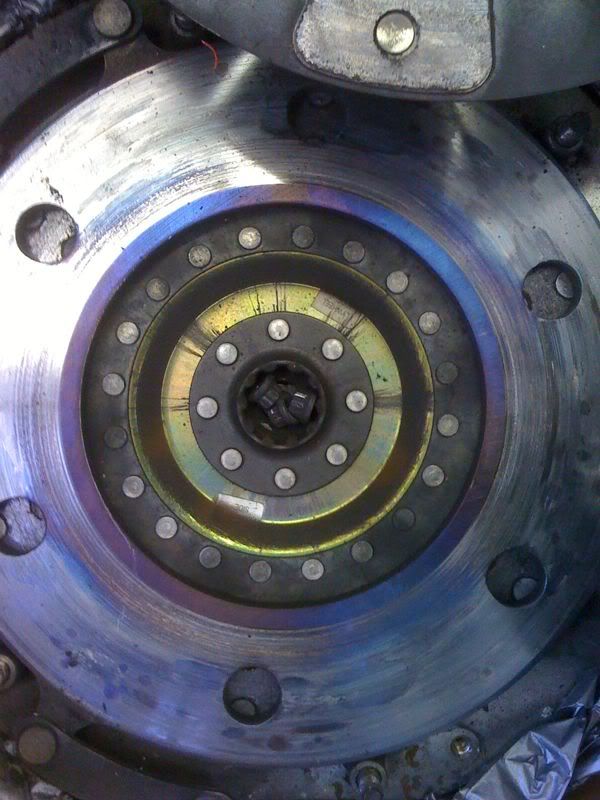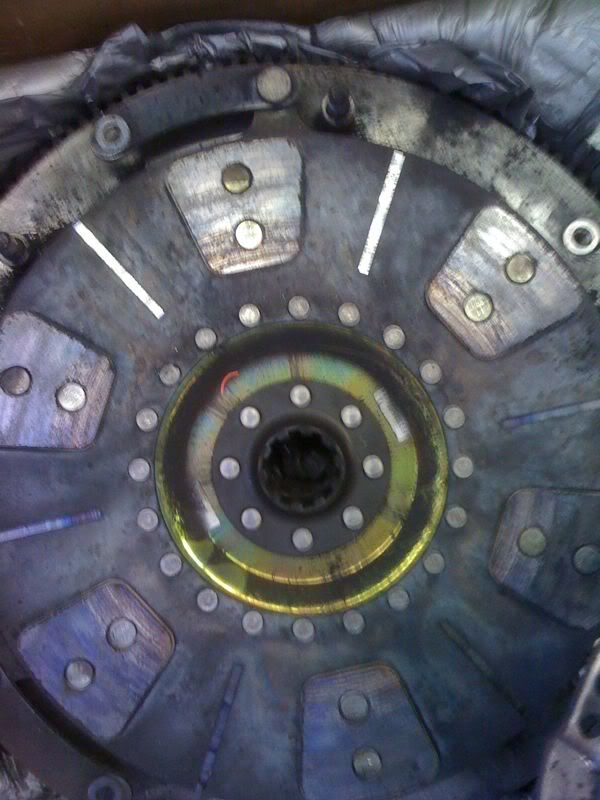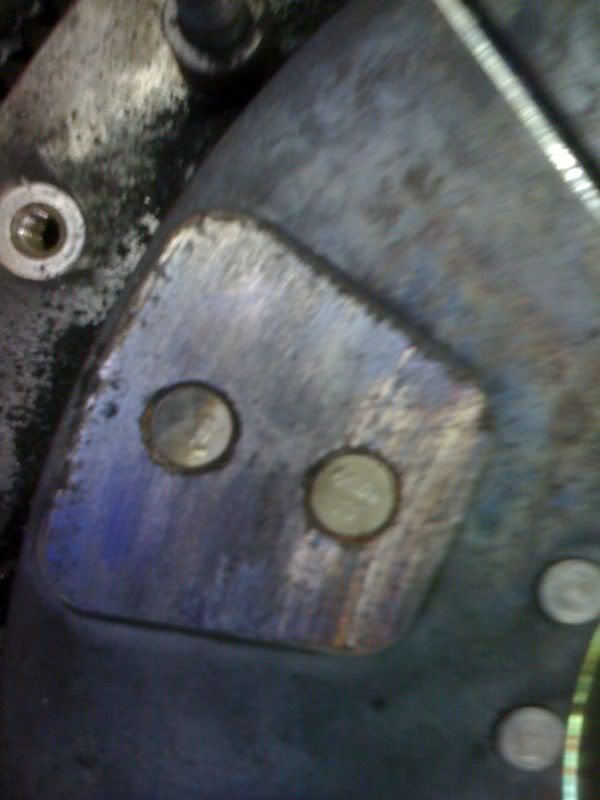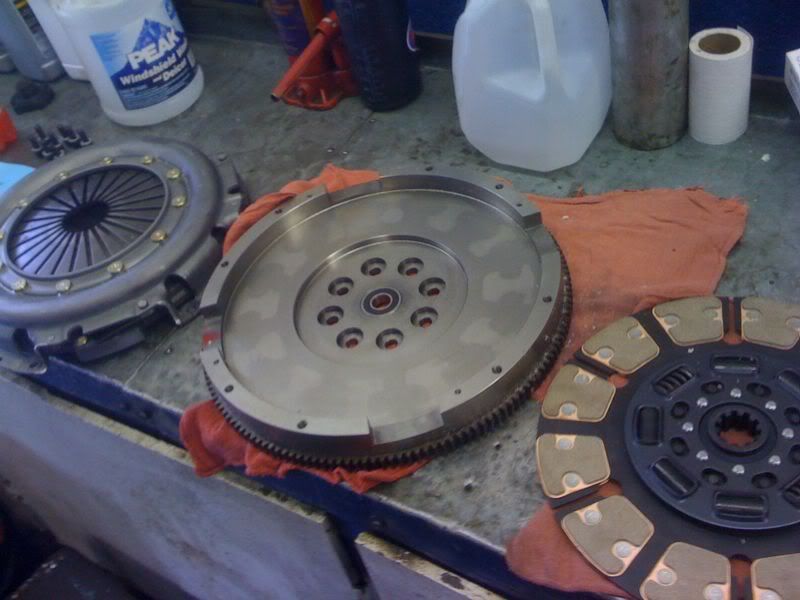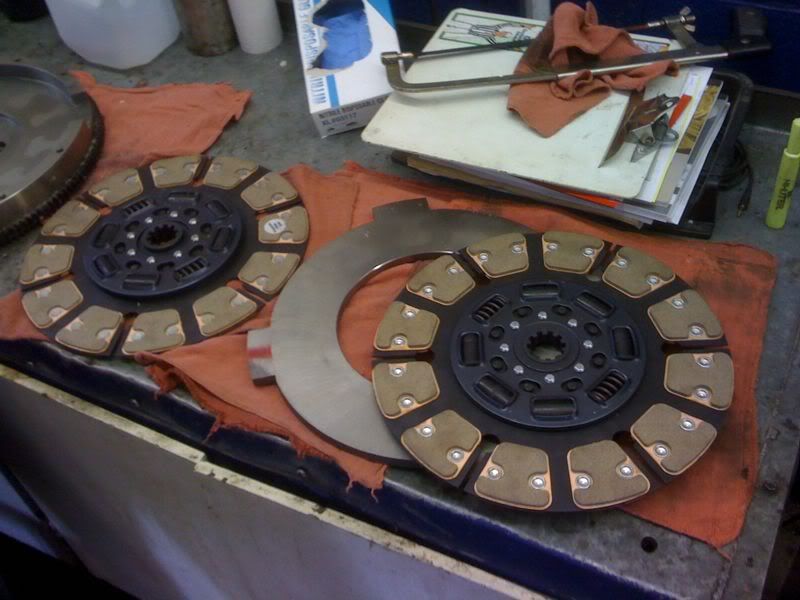Hmmm, interesting thread.
In my '06, I've ran the stock clutch, a SB 3850 12 CB with the finger type pressure plate, and currently a SB 3250 12 CB with the diaphragm pressure plate. I've got the upgraded hydraulics as well.
With both SB DD clutches, I pretty much have to double clutch or shift pretty slow to get a good smooth shift. This was the case with the 3850 4 lever, and the 3250 diaphragm. For reverse, you've got to bump 5th, and then quick into reverse to get it to take. I've had the TSB done for reverse popping out of gear as well, and that made no difference. I've ran mopar and Amsoil ATF in the trans as well...again, no earth shattering difference.
The 3250 of course has a lighter feel, and maybe slightly quicker shifting, but really not that different from the 3850.
I don't think the issue is with increased inertia, or rotating mass. One reason I say this, is I added a Mitchell 2-speed gear splitter rated for 35,000 lb gvwr in a divorced configuration. This added significant spinning weight to the output shaft end of the transmission with no effect on shifting characteristics.
I think the real culprit is what Roachie and others have said...the floating plate and additional clutch just never fully separate. This makes sense if you think that we're packing two clutch discs into effectively the same space of the single OEM...there just isn't as much room to play with for full separation.
Here's another reason I agree with this. Having the 2-speed Mitchell gear box, I could select " Direct 1:1 -- Neutral -- 18.2% OD " When I put the gear splitter in neutral, and held the clutch all the way down, the stubshaft between the transfer case and gear splitter would slowly turn. The only explanation for this would be incomplete separation of the clutch discs creating enough friction to cause things to turn.
I can see where Haisley design could offer more complete disengaging of engine and transmission by more fully separating the discs...
Has any one ever managed to get the motor to hang? specifically with a pressure box? It's easy to get a little past 3500 and it hangs there with the rail sky high. there is no getting things into gear at that point.
Yep...when I crank the MP-8 over 40% or so and really hammer on it, the engine will hang for almost 2 seconds or so. On mine, it's all about being able to let off the throttle just before you're ready to shift to let the motor start coming down slightly on it's own before jamming the next gear at high rpm.
--Eric

